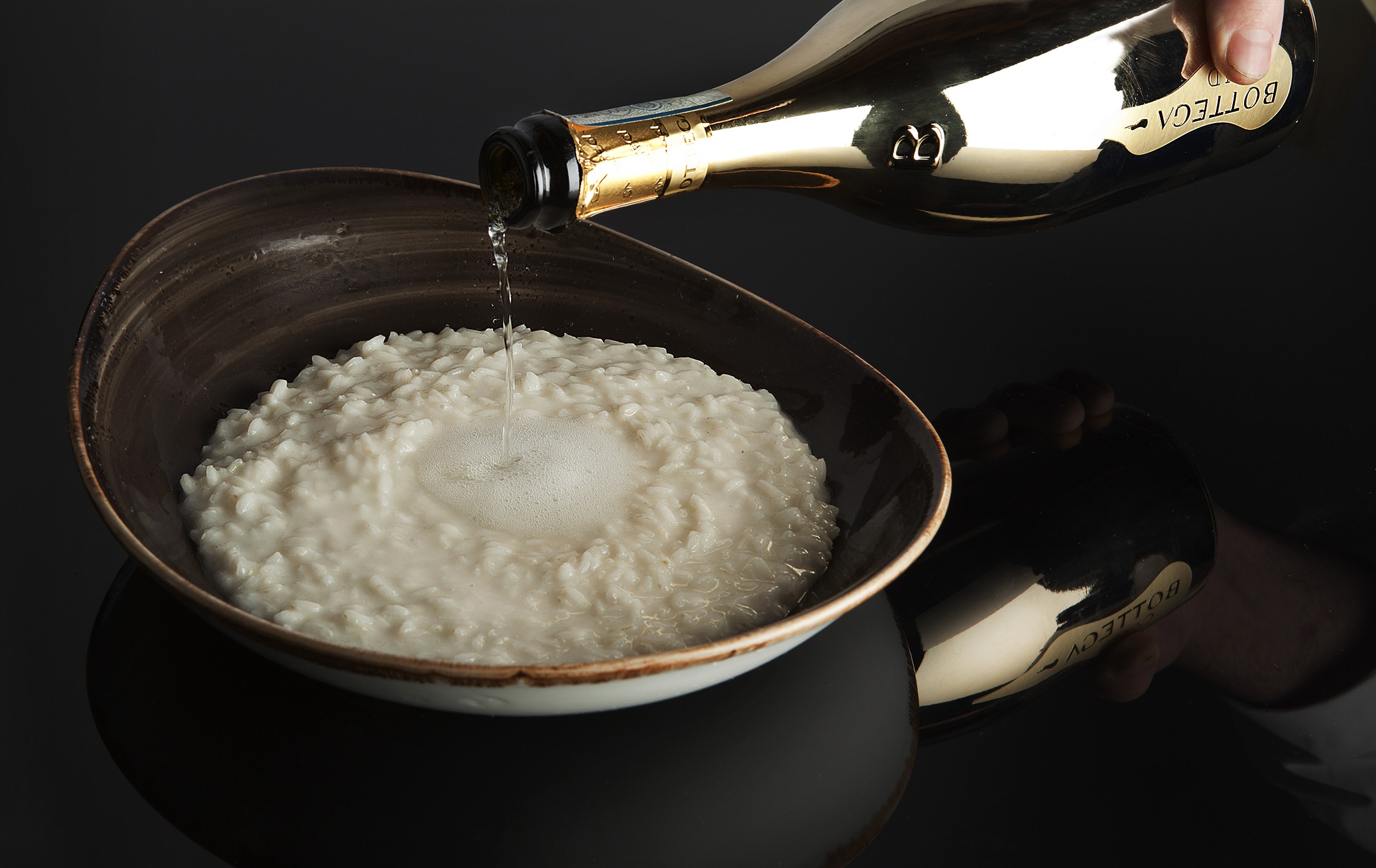En primeur: call for end to pricing opacity
The opacity of en primeur pricing decisions is a hindrance to the future of the system, has cost the industry millions of euros and in an age of ever-greater digital transparency has to end, Liv-ex has argued.
In its latest Bordeaux report, Liv-ex lays out very clearly that while it views the en primeur system as a worthwhile and valuable structure – providing producers with immediate cash flow, buyers the opportunity to acquire wines at favourable prices and fixing the attention of the wine world on Bordeaux for several months each year – the ‘sorcery’ of how the wines are priced is a continued niggle that is not to its advantage anymore.
As the report says: “While the rest of the market has become increasingly transparent, En Primeur prices continue to be determined – or ‘discovered’ – via private negotiations between châteaux, courtiers and négociants. It is often unclear how prices are set.”
The two disadvantages to this, as the report continues, are, firstly, that buyers (trade and consumer) have little to no insight on how a price has been determined, which can turn them off a particular wine and erodes confidence.
Secondly, it heightens the risk of wines being mispriced. Liv-ex has calculated that in the last decade, “releases have been as much as 30% over or under priced, potentially costing the industry hundreds of millions of euros.”
The under pricing of the 2008 vintage for instance, says Liv-ex, handed a windfall of some €300 million to the supply chain at the expense of the châteaux (assuming global en primeur sales of €1 billion for the 2009 vintage the following year).
The erosion of confidence in the en primeur system due to this haphazard pricing – as well as other pressures on the fine wine market – can be seen in the dramatic drop-off in en primeur sales on the Liv-ex Exchange as a percentage of total sales.
The 2009 and 2010 campaigns were historically large and of course had the benefit of a rapacious and wealthy Asian market at their backs.
The failure to properly adjust to the contraction of Asia, principally China, in late 2011 onwards however has contributed to en primeur now routinely counting for less than 4% of total sales on Liv-ex and from 2013-2015, less than 2%.
Even a much-lauded vintage such as the 2015s was counted as ‘successful’ when compared to recent efforts. Berry Bros & Rudd contented itself with £15m in last year’s campaign – it had hoped for £20m – which was more than the £12m it made with the 2014s but still only equaled the amount it made with the 2011s, which at the time was declared the “worst campaign in recent memory”.
Underlining Liv-ex’s point about mispricing costing the trade money. BBR’s fine wine director, Max Lalondrelle, told the drinks business last year that in the 2014 campaign his team had sold 3,000 bottles of La Mission Haut-Brion. For its 2015 vintage the château upped its price 106% and the merchant only ended up selling 1,000 bottles. “That’s £500,000 we haven’t made and if you multiply across other brands it adds up very quickly,” he said.
The situation is exacerbated by the unparalleled levels of price transparency and comparison now available to buyers.
Partner Content
Liv-ex continues: “One of the most significant changes in the fine wine market in the past decade has been improved price transparency, facilitated by the internet. Now, merchants and their customers can instantly access current and historic prices for fine wines to inform their purchasing decisions. The market has also become increasingly global and accessible, meaning that buyers have easy access to older vintages, and hence more choice.”
Although not as liquid as equities or commodities, Liv-ex suggests that the secondary market is a “more transparent and efficient mechanism for pricing fine wine than private negotiations.”
Despite the lack of liquidity, as the report goes on, it shares the characteristics of other commodities.
Furthermore, as Liv-ex points out, other products have evolved their pricing arrangements from the negotiated to the market-led, an example being that of iron ore where negotiated benchmark prices collapsed in 2010 as a more liquid ‘spot’ market superseded it. Something similar had happened in oil some time before.
Wine of course is subject to important factors such as weather conditions, critical scores and age which all impact upon its quality. This is what ultimately stops fine wine from becoming a true luxury or infinitely tradeable commodity like gold, watches, metal, oil or other immutable thing.
Nonetheless, says Liv-ex, a listed company would not typically offer shares that were more expensive than ones already available in the market, people wouldn’t buy them. Within it’s own particular parameters, blue chip fine wines shouldn’t be much different.
Liv-ex concludes: “The En Primeur market has the opportunity to embrace a step-change in transparency and efficiency brought about by the internet. This would add considerable value to buyers and sellers, just as it has across other markets.
“High expectations for the vintage, a recovery in fine wine prices and the opportunity to increase transparency and efficiency bode particularly well for En Primeur in 2016. The opportunity for a successful campaign is there – for those ready to take it.”
Read more: Guiraud out early




